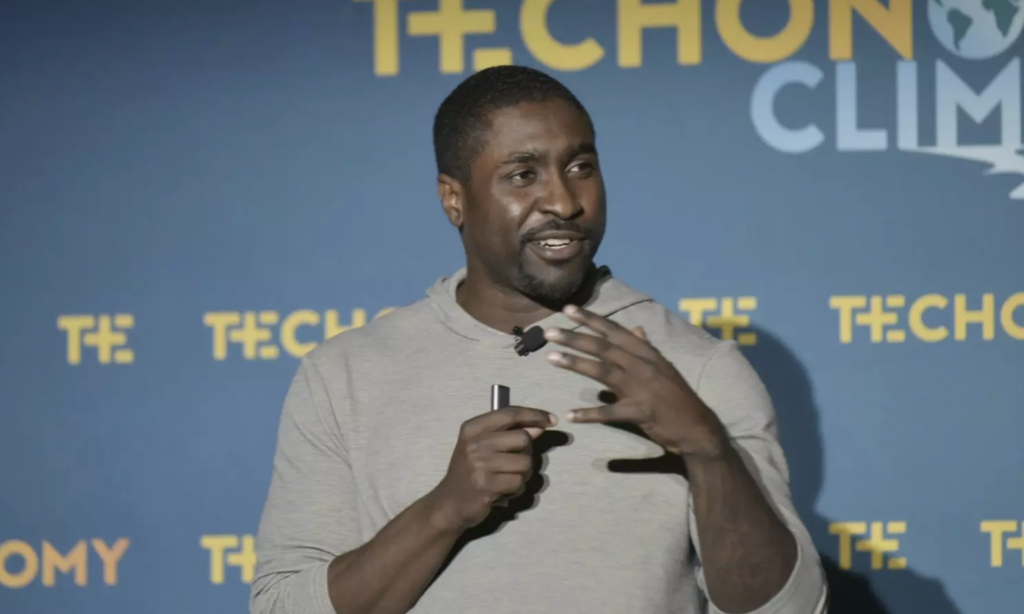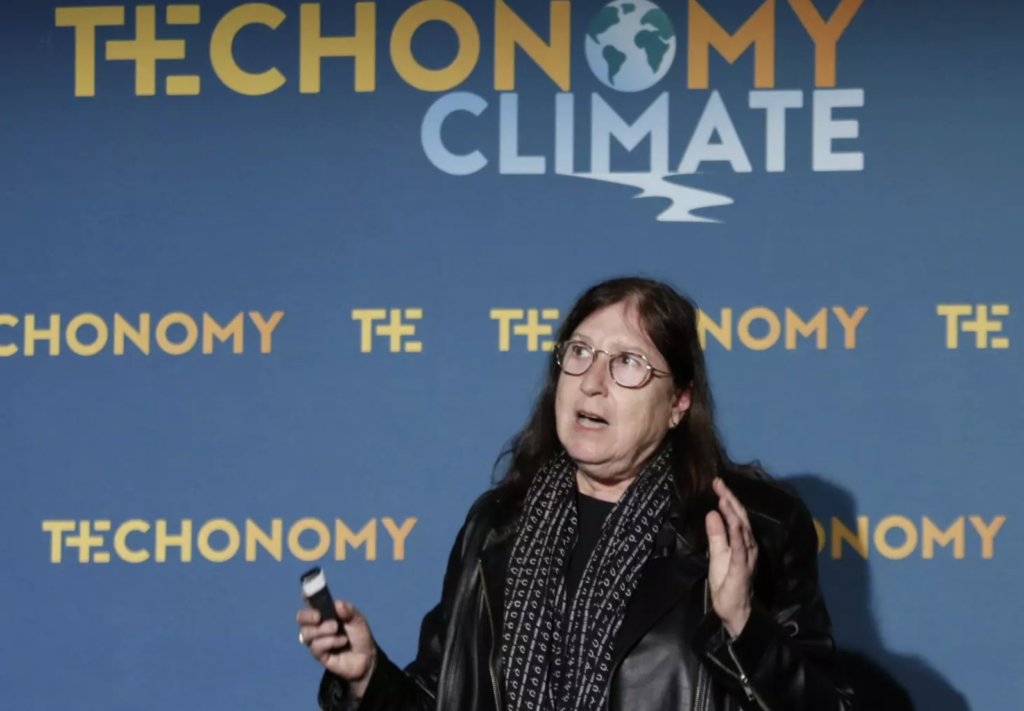Employers, You Need Your Gig Workers. Here's How to Treat Them Better
Corporate America, the gig workers that keep your businesses operating have some feedback. As the popularity of independent work increases, so does business dependence on contractors, freelancers, and gig workers. In a McKinsey survey in 2022, 36% of employed respondents, equivalent to about 58 million workers, identified as independent workers, up from 27% just six years earlier. The recruiting platform MBO Partners estimates the number is closer to 45% as of last year. Independent workers are the people who deliver your lunch, drive you to the airport, build your houses, write your blog posts, design your websites, produce your podcasts, tutor your kids, and market your products to the public. Among the changes to our working lives brought about by the pandemic is the preference–and often the need–for non-standard work arrangements. In fields where employment is precarious, gig work can cover the gaps in a pinch or when the bottom falls out. The popularity of flexible, autonomous, asynchronous, and project-based work remains with us long after Covid has subsided.Many who work as contractors are attracted to the autonomy and flexibility this working style affords; and especially for family caretakers, who are disproportionately female, freelance and contract work allows them to earn an income while meeting caregiving obligations. Plenty are drawn to the work out of necessity, bringing in extra money to fill the gaps or to maintain an income when a full-time job can’t be found.Even so, gig work has been associated with higher rates of anxiety because of its unpredictability and instability, and because gig workers shoulder the burden of benefits typically provided by the employer, like health insurance and paid leave.C. Crockford is a Philadelphia-based freelance writer and editor who has experienced both the promise and peril of gig work over the last decade. When editorial work doesn’t cover expenses, he uses apps like Amazon Flex, TaskRabbit, and Fiverr to pick up moving gigs, cleaning gigs, the odd retail shift, and courier work. It pays quickly, and he can squeeze it into his schedule where it fits. “The upsides of that are it is easy to find work if you’re just hustling, but it does depend on who’s posting and what’s available,” he told From Day One.Another point of stress: Gig workers seldom get employee-benefits support from the apps they use unless they meet a specific number of hours, thresholds that Crockford feels are unrealistic. “They offer benefits, but only if you work a certain amount of hours a month, and they know that you’re not going to make those hours,” he said. The relationship between worker and platform is often mercenary and transactional.Freelancers, contractors, and gig workers are left vulnerable. Not only are they susceptible to the whims of the business cycle, they’re not undergirded by the same rights full-time permanent employees enjoy. Some are paid sub-minimum wages and treated like permanent employees without the requisite benefits and support, a practice known as misclassification. Crockford pointed out that the benefit of quick payment is sometimes undercut by how low the compensation can be. He’s gone out for some jobs that pay just above the local minimum wage.Misclassification is one of the most common abuses: expecting full-time commitment from contingent workers without providing the protections and benefits required by law for full-time employees. It’s estimated that between 10% and 30% of U.S. workers are misclassified as contractors. Misclassification isn’t just ethically dubious, it has legal implications as well, depriving workers of labor rights and fair wages, according to the Economic Policy Institute. Misclassification of employees has invoked a number of lawsuits in recent months. In January, the Department of Labor issued stricter guidance over how workers must be classified, which prompted lawsuits from employers that want more freedom to categorize workers as they choose. In June, 15,000 delivery drivers sued Amazon for misclassifying them as contractors rather than full-time employees. The platform pays workers for three-hour blocks of time, regardless of whether their deliveries take longer. As a result, the suit alleges unpaid wages and overtime. “Companies either willfully or knowingly misclassify their workers as independent contractors to avoid having to pay employee taxes and benefits that can be costly for a company in the long run,” said Rafael Espinal, executive director at the nonprofit advocacy group Freelancers Union. “Companies hire freelancers on a long-term basis and put the same requirements on that freelancer that they put on their traditional employee. When in reality, the relationship between the company and the freelancer should strictly be a business relationship where the freelancer has full control and autonomy of how they’re using their time and how they’re producing the work.”The Effects of Misclassifying Contact WorkersFreelancers, gig workers, and contractors have largely been excluded by the benefits blitz of the last few years. Not only do they not qualify for basics like health insurance, 401(k)s, and paid leave, they also don’t get smaller perks–like transportation subsidies or career development training–nor are they included in many of the changes brought about by employers prioritizing diversity, equity, inclusion, and belonging.Rachel Marcuse, chief operating officer and managing partner at DEI consulting firm ReadySet, believes that contractors and freelancers are the forgotten demographic. This set seldom has access to employee resource groups, learning and development opportunities, and company culture.“Not only are they left out of programming when it comes to DEIB work–being able to attend training and that sort of thing–but they’re also left out of having a voice around their experience,” she told From Day One.But, said Marcuse, the free agents working with your organization represent a wealth of knowledge about your company and how your employer value proposition compares to the competition. These workers are exposed to different workplaces, cultures, and organizational norms and policies. “Contractors are frequently left out of engagement surveys that organizations do on an annual basis, which I think is a really big miss, not only because we want to make sure that all members of the team, regardless of their employment status, are having a good experience, but also because often these workers have particularly unique perspectives given their vantage point,” she said.The experience of working as a freelancer can be completely different than that of a full-time employee at the same company simply because they’re not factored into the employee experience. In 2021, workforce consultancy Mercer argued that employers should start providing contractor benefits. “Gig workers are here to stay, it’s time to give them benefits,” reads one Mercer blog headline. Some organizations are trying to close the gap. Independent workers can buy health, disability, and life insurance plans through Freelancers Union, and Mercer has even developed a platform for non-full-time worker benefits, called Mercer Indigo.How to Be Better to Your Contractors and FreelancersContract workers and their advocates want two things: Respect for their boundaries and on-time payment. Leslie Lejano, a Los Angeles–based freelance PR and communications consultant, asserts that a good client is one that treats her as a collaborator, not an order-taker. “They’re hiring me because they trust me. They value my services. They understand the value that I provide,” she told From Day One. “It’s very much like a partnership. I really value a client that gives me enough to work with, but also trusts that I have a vision.”And be aware of “scope creep,” which is when a client demands tasks outside of the agreed-to scope of work, often incrementally. It’s a violation of the contract, and it’s a harbinger of a relationship with poor boundaries, contractors say. The most common problem that Freelancers Union hears from its members is late payment, or even non-payment. In fact, the union “polled freelancers and found that 76% every year go either unpaid or not paid on time by a client,” according to Espinal.There are bad actors who pay late or simply don’t pay, he said, but there are also well-meaning employers who don’t set themselves up to easily pay contract workers. Many HR payroll systems aren’t orchestrated to pay contractors, who aren’t integrated into full-time employee payroll systems. Therefore they aren’t paid at regular intervals, but in an ad hoc manner, often through a clunky system.What companies may not realize is that any given invoice can jeopardize a freelancer’s ability to pay their rent, eat dinner, or afford their basic living expenses. Though the arrangement with a contractor is typically a business-to-business relationship, “freelancers are not able to absorb tardy payments the way large companies are able to,” Espinal pointed out.Where companies that hire contractors on an ad-hoc basis often fail to pay out on time, Crockford has found that platforms designed specifically for gig work often succeed at super-fast payment. Some apps send fees within a few hours, and many are good at resolving payment hiccups quickly, he said.PR consultant Lejano wants employers to understand that her work, and the work of every other contractor, comprises much more than her clients ever see. “Freelancers juggle so many things beyond the actual work that they’re doing,” she said. “They’re also handling their accounting, their marketing, their client acquisition. There are all these other things that come with being self-employed.”Emily McCrary-Ruiz-Esparza is a freelance journalist and From Day One contributing editor who writes about work, the job market, and women’s experiences in the workplace. Her work has appeared in the Economist, the BBC, The Washington Post, Quartz, Fast Company, and Digiday’s Worklife.[Featured photo by South_agency/iStock by Getty Images)






